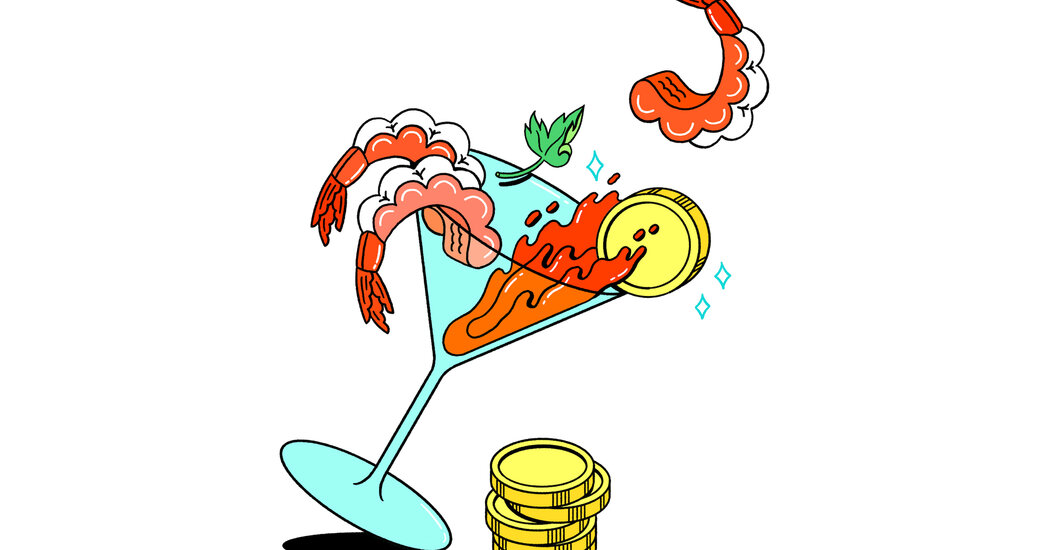Eurozone Economy Shrinks, While Price Pressures Ease
Growth in the eurozone contracted unexpectedly this summer, as rising interest rates cooled momentum in Germany and France, the region’s two biggest economies, Europe’s statistics agency reported Tuesday.
The downturn reflected the challenges facing policymakers at the European Central Bank, who last week paused their campaign of interest rate increases to fight inflation amid signs the region’s economy has weakened. Data showed the eurozone’s inflation rate in October eased to 2.9 percent, another sign of the impact of the central bank’s higher interest rates.
Economic output in the 20 nations that use the euro currency declined 0.1 percent between July and September, reversing a mild growth gain in the second quarter and extending nearly a year of tepid economic activity. Compared with a year ago, economic growth was up just 0.1 percent.
Europe’s anemic growth pace is in sharp contrast to the United States, where the economy has surged despite a steep hike in interest rates by Federal Reserve to tame inflation. Gross domestic product expanded 1.2 percent over between the second and third quarters, powered by prodigious consumer spending and slowing inflation, which lifted purchasing power.
While Europe’s economy is weakening, no sharp recession is in sight, analysts at ING Bank said in a note to clients. “Still, continued economic and geopolitical uncertainty alongside the impact of higher rates on the economy will weigh on economic activity in the coming quarters,” the bank said.
The E.C.B. has raised interest rates almost in lock step with the Fed to combat skyrocketing inflation stemming from Russia’s war in Ukraine. The E.C.B. paused earlier this month amid signs the battle was starting to pay off.
On Tuesday, the statistics agency said in a separate release that consumer prices in the eurozone rose 2.9 percent in the year through October, down from a 4.3 percent rate the previous month and the lowest since July 2021. Although well below the double-digit increases a year ago, inflation in Europe remains high overall, especially for food and energy, making consumers cautious about spending.
And those high interest rates have also curbed activity among households and companies by sending lending rates higher. In some cases, they piled more pain on existing problems.
Germany, Europe’s biggest economy, shrank 0.1 percent in the third quarter. The nation’s energy-intensive industrial sector continues to reel from a price shock following the shut-off of natural gas flows from Russia to Germany, which has pushed up inflation and curbed consumer spending.
The French economy also lost momentum, expanding 0.1 percent following a growth spurt in the second quarter. Consumers revved up spending, but a slowdown in the global economy took a toll on French manufacturers, who saw demand for their exports slump. Growth in Italy also stagnated.
The eurozone’s overall performance was skewed to some extent by a dramatic decline in growth figures for Ireland, a major exporter of medicines, where exports of pharmaceutical products have been falling since the end of pandemic lockdowns. Growth in Ireland contracted by 1.8 percent in summer from the previous quarter.
Even so, growth in Europe remains tepid and has struggled to recover from stagnant start of the year. In a briefing this month, the International Monetary Fund said that Europe was “at a turning point.” The region has weathered a series of shocks, including the pandemic and the energy crisis triggered by Russia’s invasion of Ukraine.
More people have jobs and wages have been rising to keep up with inflation. But food and energy prices remain relatively high — a risk that appeared likely to continue to weigh on growth, the I.M.F. said.


